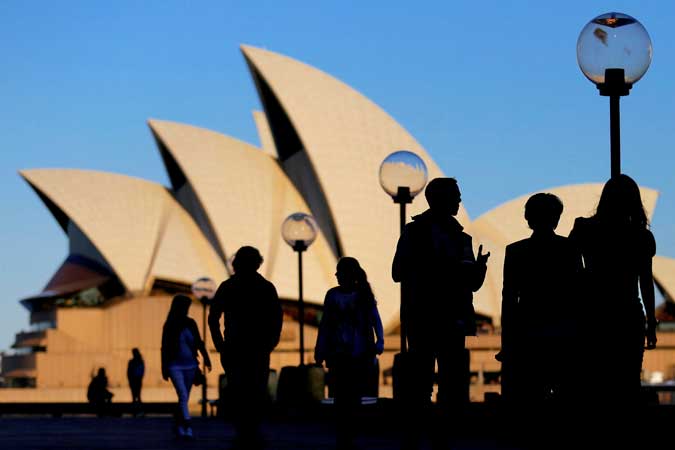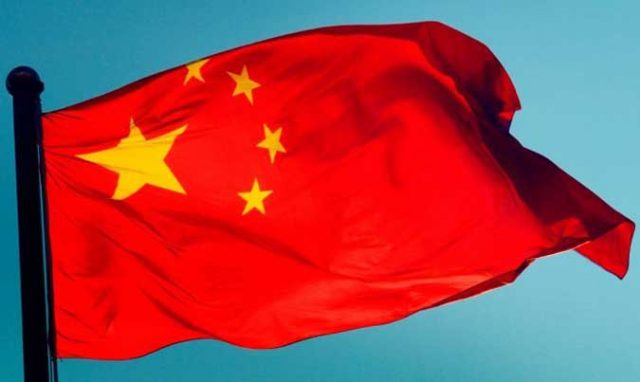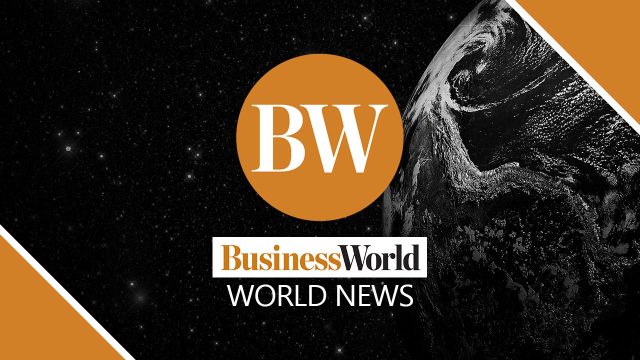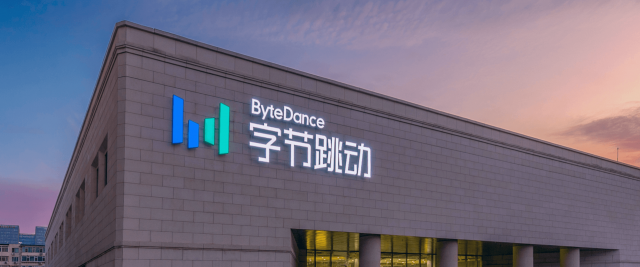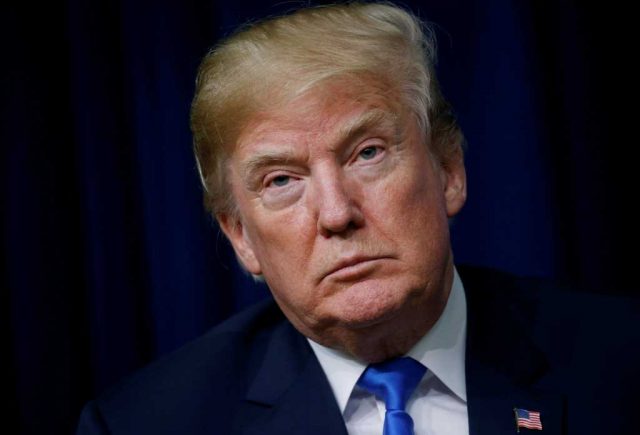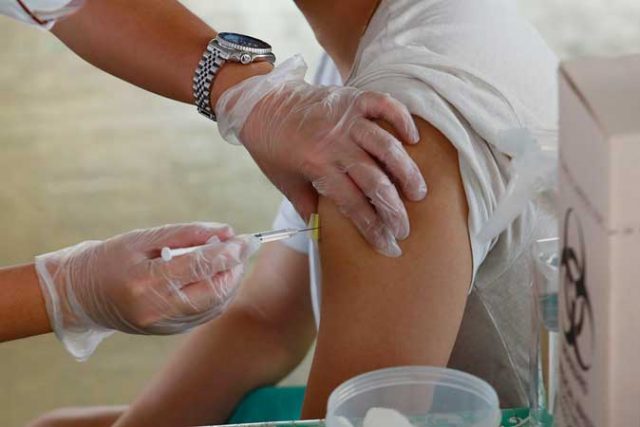NAIROBI/KUALA LUMPUR — When John Omondi received his coronavirus disease 2019 (COVID-19) vaccination last month, the Kenyan taxi driver counted himself one of the lucky ones.
Now, he’s not so sure — victim of a vaccine export freeze by mega-producer India that has dashed hopes of protection for millions of poor people caught in the pandemic.
“It was a good day when I got the vaccine. I needed it because of my age and my work,” explained Mr. Omondi, 59, as he navigated the busy roads of the Kenyan capital, Nairobi.
“I am supposed to get my second dose in June, but there aren’t any more vaccines and I am worried I may be less protected, especially against all these variants,” he said.
“Without the vaccine, it’s like we are waiting to die.”
Kenya is one of dozens of developing countries whose national vaccine rollout plans have suffered a blow after India, the world‘s biggest vaccine maker, curbed exports to meet surging domestic demand.
With a population of 50 million, the East African country has received about 1 million doses of the AstraZeneca vaccine made by the Serum Institute of India (SII) through COVAX, a global vaccine-sharing program to aid poor nations.
But India’s export ban means Kenya‘s second batch of 3 million doses — expected in June — is unlikely to arrive, leaving the country scrambling for alternatives.
“If we had the vaccines, we would have started the second phase of our deployment plan. The reality on the ground is that we don’t have the vaccines when we expected them,” said Patrick Amoth, acting director general at Kenya’s Health Ministry.
“We are hopeful the situation in India will be normalized soon … but we are also working on other streams to be able to get other vaccines like Pfizer and Johnson & Johnson.”
SHORTAGES, DELAYS
From Kenya and Ghana to Bangladesh and Indonesia, poor nations reliant on COVAX have no option but to halt vaccination drives and delay second doses due to the export curb.
SII, the largest vaccine supplier for COVAX, suspended exports in March, and Indian officials say they expect no meaningful resumption before October — at the least.
The result: a world short of some 190 million doses by the end of June, according to the United Nations children’s agency UNICEF, which is coordinating the COVAX scheme.
The shortage will leave poor countries even further behind, experts say, increasing vaccine inequity and complicating global efforts to tame a virus already spawning powerful variants.
“We are concerned that the deadly spike in India is a precursor to what will happen if those warnings remain unheeded,” said UNICEF Executive Director Henrietta Fore.
“Cases are exploding and health systems are struggling in countries near — like Nepal, Sri Lanka and Maldives — and far, like Argentina and Brazil.”
ASIA
Indonesia, the Philippines, Vietnam, and South Korea are among Asian countries hit by the vaccine delays from India, where more than 25.5 million people have died in the pandemic.
Indonesia launched its immunization campaign in January — aiming to reach 181.5 million of its 270 million people this year – and curb an epidemic that has killed more than 48,000.
But it has only received 6.4 million doses through COVAX — just over half its promised allocation, official data shows.
“The impact is big and our vaccination targets could be delayed. We are nervous about potential new waves,” said Pandu Riono, an epidemiologist at the University of Indonesia.
Indonesia has turned to China for extras and pushed hard for a vaccine patent waiver to ramp up production and ensure some tilt towards equity as the entire world competes for jabs.
Bangladesh has had to halt even its first doses.
The South Asian nation expected to get 5 million doses every month from neighboring India for the first half of this year — so far, just 7 million have landed, said officials. It also received 3.2 million AstraZeneca doses from India as gift.
Bangladesh has now approved the Russian Sputnik V vaccine for emergency use and 500,000 doses landed from China last week.
The nation, with a population of some 160 million and host to nearly a million Rohingya refugees, will also receive about 100,000 doses of the Pfizer vaccine next month under COVAX.
AFRICA
As for Africa — it is the world’s least vaccinated continent, with most of its 54 countries dependent on COVAX. Despite making up 14% of the global population, African countries account for only 1% of administered doses globally.
The continent had planned to vaccinate 30–35% of its population by the end of the year, and 60% within the next two to three years — an elusive goal if shortages continue.
Ethiopia, for example, planned to vaccinate 23 million of its 115 million population this year. So far, it has received 2.2 million doses from the 9 million requested from COVAX.
“What we encounter is a small number of doses and then a ban,” said Meseret Zelalem, secretary for Ethiopia’s COVID-19 vaccination program, referring to India’s curb.
“We need to knock (on) every door and every window to look for a different opportunity to really shield our population.”
Ms. Meseret said China had donated 300,000 doses of Sinopharm vaccine, and authorities were looking to buy other brands, too.
Gregory Rockson, founder of Africa-wide healthcare provider mPharma, said they were already feeling the effects of the export ban in his home country of Ghana.
“Our entire vaccine timeline has been pushed back,” he said, predicting a similar scenario would hit other African countries.
“Hopefully more vaccination candidates will be approved and there will be more options, then it will be less a supply concern and more an in-country distribution concern,” he added.
UNICEF and many charities are calling on rich nations to donate their surplus doses to COVAX, rather than squander the stockpile on less-vulnerable children.
UNICEF’s Ms. Fore said G7 countries could donate about 153 million doses if they shared only 20% of their available supply over June, July and August.
This could be done while still meeting commitments to vaccinate their own populations, she said.
The World Health Organization (WHO) is also urging vaccine manufacturers such as Pfizer and Moderna to make shots available to the COVAX scheme earlier than planned, to ensure vulnerable populations such as health workers and elderly are protected.
“We need doses right now and I call on them (vaccine manufacturers) to bring forward deliveries as soon as possible,” WHO Director-General Tedros Adhanom Ghebreyesus said on Monday.
“Only by working through COVAX can we quickly get vaccines to those health workers that have been on the frontlines of this pandemic for more than a year.” — Nita Bhalla and Beh Lih Yi /Thomson Reuters Foundation


